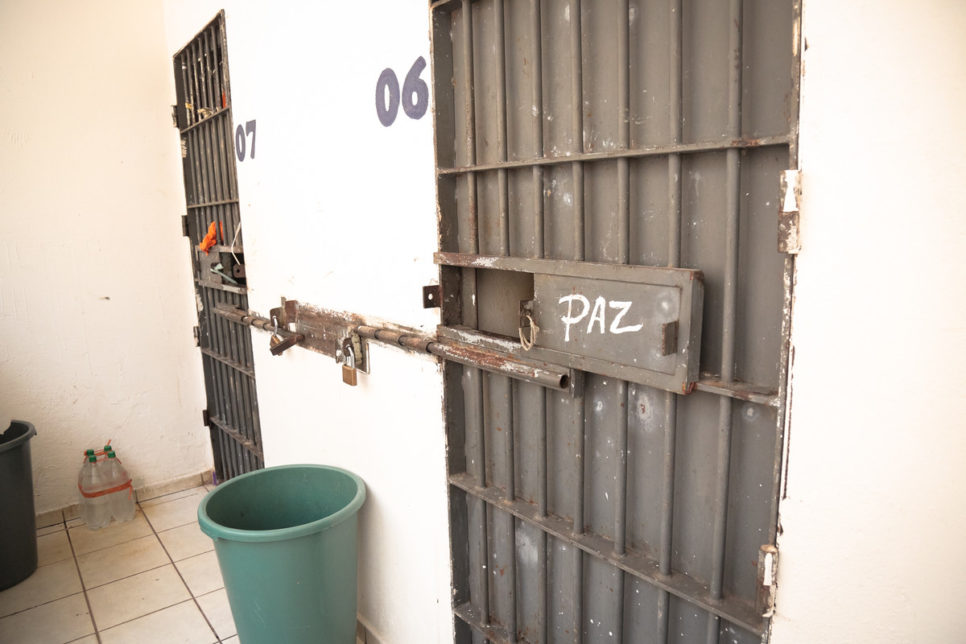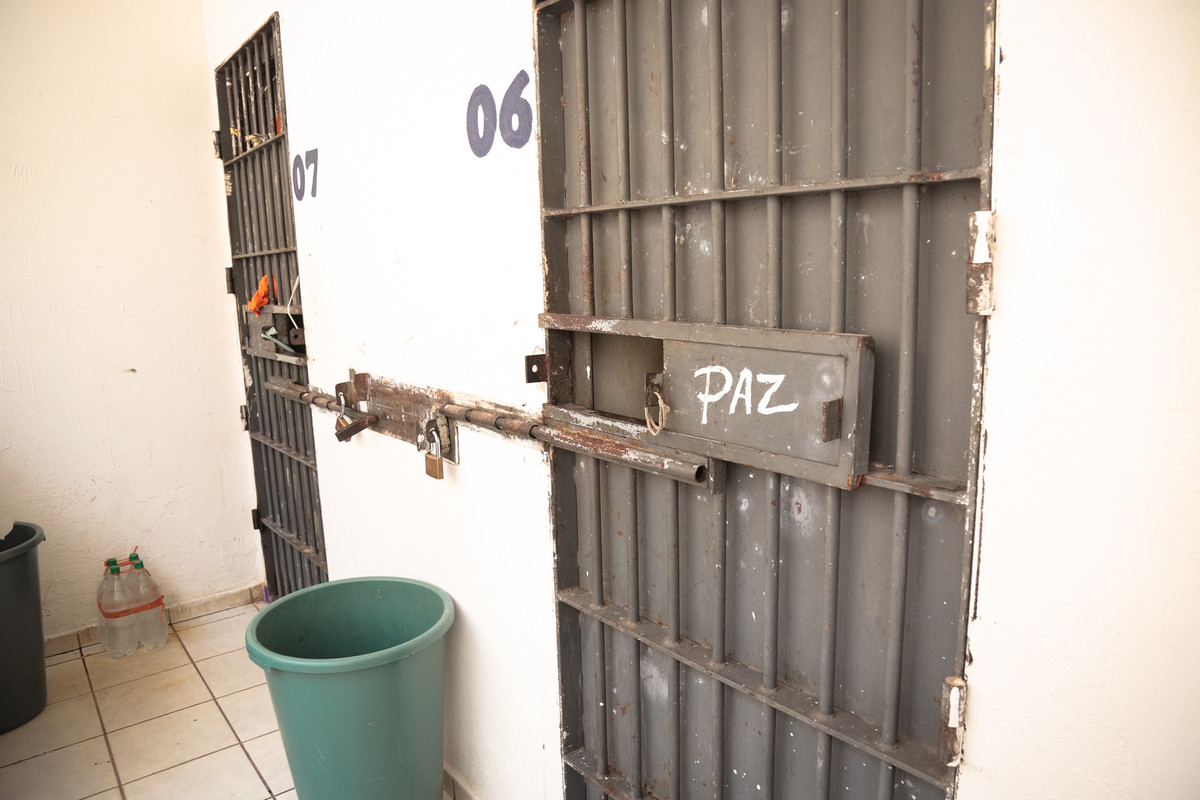In 2016, seven people were murdered every hour in Brazil
Sixty two thousand five hundred and seventeen (62,517) murders were recorded in 2016. Data provided by Atlas da Violência reveals underreporting of deaths resulting from police intervention
 São Paulo - Famílias das vítimas das chacinas nas cidades de Osasco, Itapevi e Barueri, a organização não governamental Rio de Paz fez um ato no vão-livre do Masp (Rovena Rosa/Agência Brasil)
São Paulo - Famílias das vítimas das chacinas nas cidades de Osasco, Itapevi e Barueri, a organização não governamental Rio de Paz fez um ato no vão-livre do Masp (Rovena Rosa/Agência Brasil)
Between 2006 and 2016, 553 thousand people were murdered in Brazil. The risk of being murdered is two and a half times higher for Black people than for non-Black people. In 2016 the number of murders recorded in the country reached the highest number in history with 62,517 victims, 33,590 of whom were youths under 29 years of age. This data is from the Atlas da Violência, released last Tuesday, 5/6, by Ipea (Institute of Applied Economic Research) and Fórum Brasileiro de Segurança Pública (Brazilian Forum on Public Security).
The report presents an overview of records of violence between 2006 and 2017 in Brazil, including information on rape, murder and law enforcement-related deaths. Researchers also analysed the impact of violence on social development and on public services, such as health. For example, in 2016 murder was the main cause of death among male youths and represented 50.3% of deaths in this group, over the year.
The researchers are critical of the significant underreporting of data available on deaths resulting from police intervention in DATASUS, the focus of the study, in relation to incidents on public security records. While there were 1,374 deaths of this kind recorded in 2016, on the DATASUS, police records show 4,222 victims in the same period, according to data published in the Anuário Brasileiro de Segurança Pública.
Read more
“The profile of murder victims in this country is already well known – young Black men living in underprivileged neighbourhoods on the outskirts of cities. This reflects the structural racism we have in Brazil, in which people from specific areas, with a specific skin colour, are seen as a threat by society and as people who, in the eyes of the police force, should be eradicated.” Said Rafael Custódio, Coordinator of the Conectas Institutional Violence Programme. “One element that explains this scenario is the war on drugs which has proved to be inefficient and disproportionately violent. If we want to reduce the number of deaths in this country the drug policy needs to be reformed.” Custódio added.
The numbers presented also indicate a sharp rise in murder rates in the North and North-Eastern states of the country, with an increase of over 250% in Rio Grande do Norte in the period in question. Furthermore the report reveals an increase in the deaths of women and highlights the fact that a large number of the 4,645 deaths recorded in 2016 could have been avoided by implementing public policies to address and fight violence against women.
A further piece of data that stands out is the 90% increase in reports of cases of rape between 2011 and 2016 when 22,918 incidents were recorded. The majority of victims, 50.9%, approximately 11,600, were children under 13 years old. Nevertheless this is the most underreported type of crime and true numbers may reach as much as a staggering 300 cases each year.






